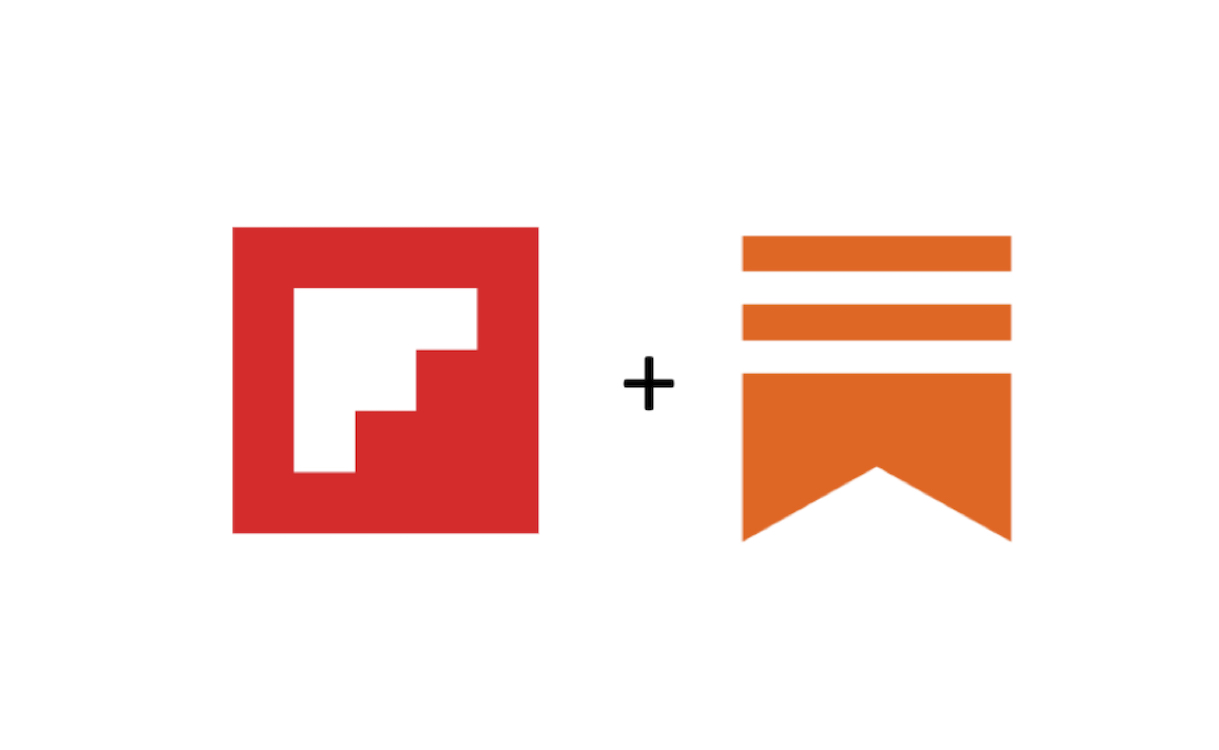
As Twitter awkwardly (and scarily) feels around for its messaging, I’ve been impressed with the timeliness and clarity of marketing at Substack. They’ve taken this moment to suggest that their writers focus on bringing Twitter followers to Substack, promising the benefit of a direct relationship with subscriber, controlled by the creator, not Twitter.
I subscribe to a number of Substack newsletters, including HEATED, Timeless & Timely and Big Technology. And I’ve discovered new creators from Substack’s system for recommending newsletters; the platform has done an excellent job suggesting newsletters when you join as well as getting writers to promote other Substacks. These discovery mechanisms are critical because it’s actually a lot of work for creators to build an audience for their newsletters. Which is why the recent marketing post, where Substack suggested creators promote their newsletters on Twitter (before everyone leaves Twitter), was such a good tactic for the brand.
Luring Twitter followers to become Substack subscribers is interesting (and timely), but only reaches the writer’s existing audience of followers. To connect with an entirely new audience, Substack creators could see new growth by building a presence on platforms like Flipboard. Let me explain how.
On Flipboard, writers can easily package their articles and insights into a Flipboard Magazine. The content shared into a Magazine gets indexed by our algorithms and then surfaced to people who are interested in related topics. Some of our biggest topics, like Technology, Food, Politics and Photography, align nicely with many of Substack’s key verticals, meaning that readers on Flipboard are looking for content about these things.
We’ve seen Substack writers like Jefferson Graham do very well on Flipboard — he’s reported 66% of his traffic is coming from our platform. Jefferson is a great example of how people are finding creative ways to distribute their newsletters, package content from their research or events, and even cross-promote their Magazines in their Substacks. Scott Monty and Stella Kalaw are other examples of creators who understand the power of Flipboard. And the longtail of what’s shared organically on Flipboard from Substack is over 150 publications long.
There are thousands of fantastic Substack newsletters. There are tens of thousands of topics that people follow on Flipboard. Instead of trying to get people’s attention in the drama of the Twitterverse, Substack and Flipboard can deliver insightful, smart content to millions of people, all while creating an effective audience growth strategy for a new generation of content creators.
— Marci McCue, VP of Content and Communications.
Note: This article was first published on Medium,

